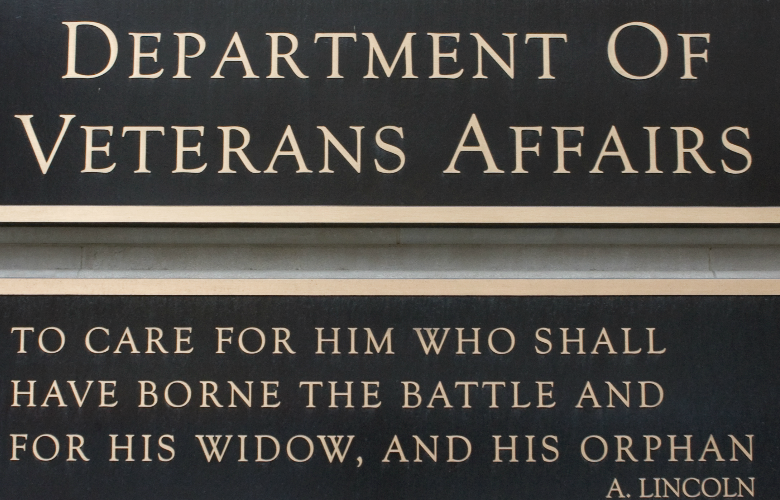It may be time to check in with the VA Crisis of 2014. Two previous posts described the crisis and the problems leading up to it, followed by the possible solutions as a bipartisan Congress became committed to changing the status quo within the Veterans Administration healthcare system by way of new legislation and a relaxing of government purse strings. In July of 2014, the House approved a bill known as the Veterans Access, Choice, and Accountability Act of 2014 which would in essence overhaul the medical care provided to our brave veterans.
Four-hundred-twenty of the 425 members in the House voted to pass legislation that would allow the spending of over $16 billion to help reduce excessively long waits veterans have had to endure to receive the care they need. This would happen by way of hiring new doctors and nurses, and by making the process of firing corrupt and/or incompetent senior executives easier. The VA system provides healthcare to 9 million veterans in the U.S. in over 110 medical facilities; therefore, any change can be expected to take time, much like turning an ocean liner around.
Although it may be too early to analyze any effects the new legislation may have had on the care rendered to our veterans, there are already signs that this act may not have the punch that had been hoped for or expected. The Veterans Affairs secretary Robert McDonald has already announced that the expedited removal of ineffective employees cannot be done until various investigations take place, both internal and external. Expedited may not be so expedited after all. This perception of resistance on McDonald’s part has been a hard pill to swallow for many veterans groups that blame the long delays in receiving critical medical care on these very senior VA employees.
Looking on the brighter side of this issue, it does appear that the VA is actively stepping up its campaign in the recruitment and hiring of new doctors and nurses. Now that the resources are available, it does make good sense to bring about positive change by way of hiring the right kinds and right numbers of providers who are up to the task. Obviously, providing good healthcare to our veterans is not an inexpensive task, and “cheap labor” has no place in this formula when it comes to changing a corrupt VA with a severely tattered image. Attracting the best and brightest physicians and nurses can only be accomplished by offering attractive salaries and benefits packages. It’s not rocket science.
It may be some time before we are able to truly discern whether the change in legislation has resulted in lasting change within the VA healthcare system, or whether it has simply appeased the masses by placing a Band-Aid over a gaping wound. Veteran satisfaction surveys will tell the story in the months and years ahead. One thing is certain: the exposure and transparency brought about by the 2014 VA scandal may, in the end, have been necessary to bring about the welcomed changes needed to provide quality and timely healthcare to our nation’s veterans.



